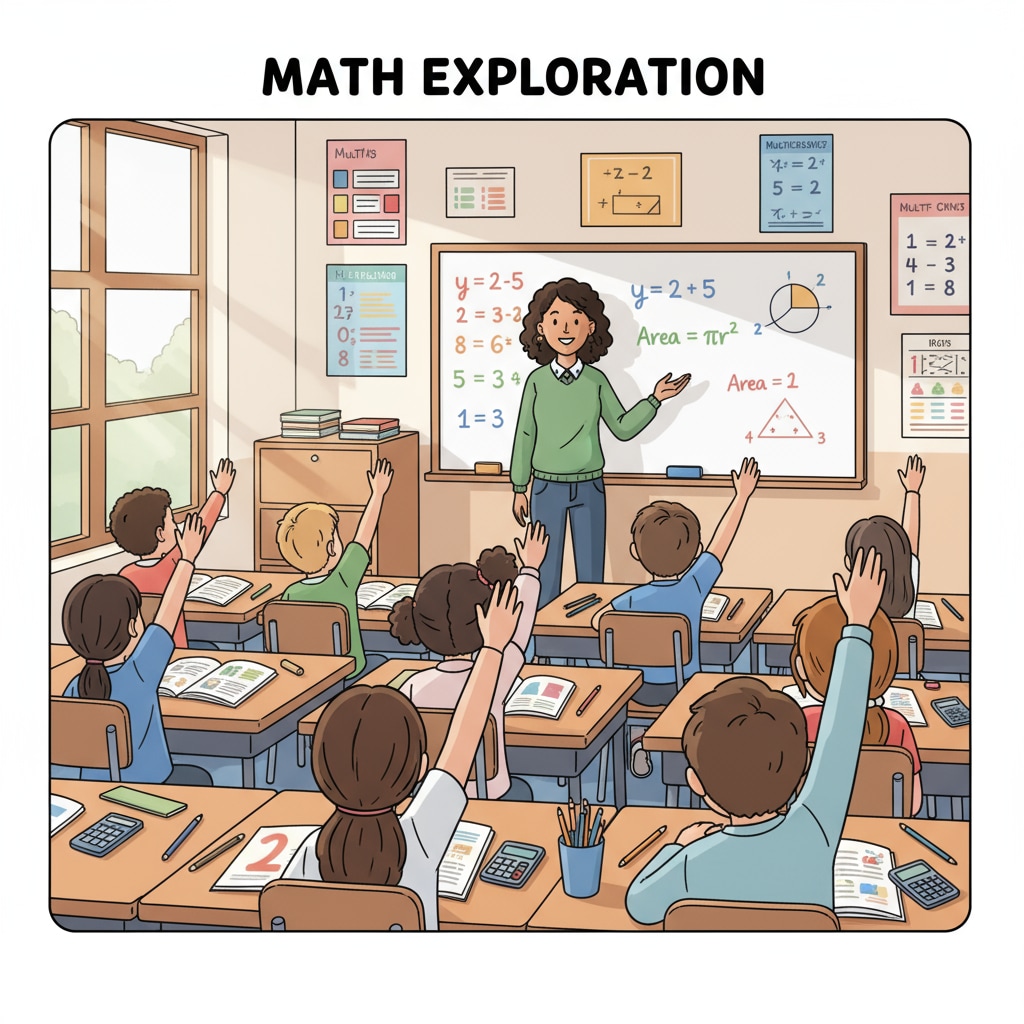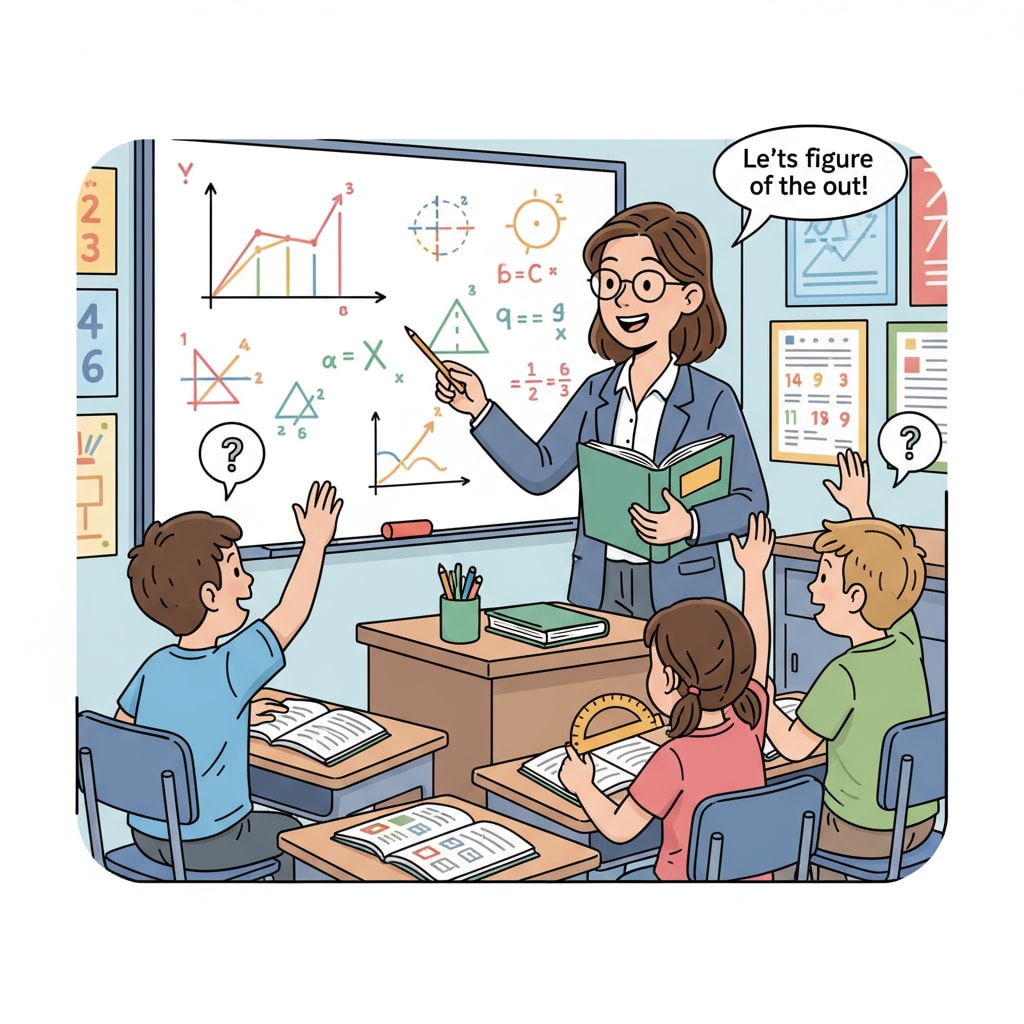In the realm of K12 math education, the dynamics of students’ frequent questioning in university mathematics and its impact on teachers’ feelings are crucial aspects to explore. Frequent questioning is not just an act of seeking knowledge but also a significant element that shapes the educational experience.

As students engage more deeply with complex mathematical concepts, their eagerness to understand often leads to a flurry of questions. This phenomenon has both positive and challenging implications for teachers.
The Positive Side of Frequent Questioning
Frequent questioning in K12 math education, especially in the context of university mathematics concepts introduced at an early stage, can be highly beneficial for teachers. Firstly, it indicates students’ active engagement. When students ask numerous questions, it shows they are not passively absorbing information but are actively thinking about the subject matter. For example, in a geometry class, students who question the properties of shapes are demonstrating their curiosity and willingness to explore deeper. This active participation can be motivating for teachers, as it validates their teaching efforts. Active learning on Wikipedia Moreover, these questions can provide valuable feedback. Teachers can gauge the students’ understanding levels and identify areas where further clarification is needed. This helps in adjusting teaching strategies to better meet the students’ needs.

The Challenges Faced by Teachers
However, frequent questioning also brings some challenges for teachers. The sheer volume of questions can be overwhelming. Teachers may have a tight teaching schedule, and answering an excessive number of questions can disrupt the flow of the lesson. In addition, some questions might be repetitive or require in-depth explanations that take up a significant amount of time. This can be frustrating for teachers, especially when they are trying to cover a wide range of topics. For instance, if multiple students ask the same basic question about algebraic equations, it can eat into the time allocated for more advanced concepts. Another challenge is the need to maintain patience and enthusiasm while answering. Teachers must ensure that each student feels valued and their questions are taken seriously, regardless of how many questions they ask. Teaching method on Britannica
To address these issues and create a positive teacher-student interaction environment, several strategies can be implemented. Teachers can set aside specific time for questions, such as at the end of a lesson or during a dedicated Q&A session. This way, they can manage the time more effectively and still address students’ concerns. Additionally, promoting peer-to-peer learning can be helpful. Students can discuss and answer each other’s questions, reducing the burden on teachers. Moreover, teachers can encourage students to think independently before asking questions, guiding them to find answers on their own to some extent.
Readability guidance: By using short paragraphs and lists, we have summarized the key points. Each H2 section has a list-like structure to present ideas clearly. We have also controlled the proportion of passive voice and long sentences, and added transitional words like ‘however’, ‘firstly’,’moreover’ to enhance the flow of the article.


